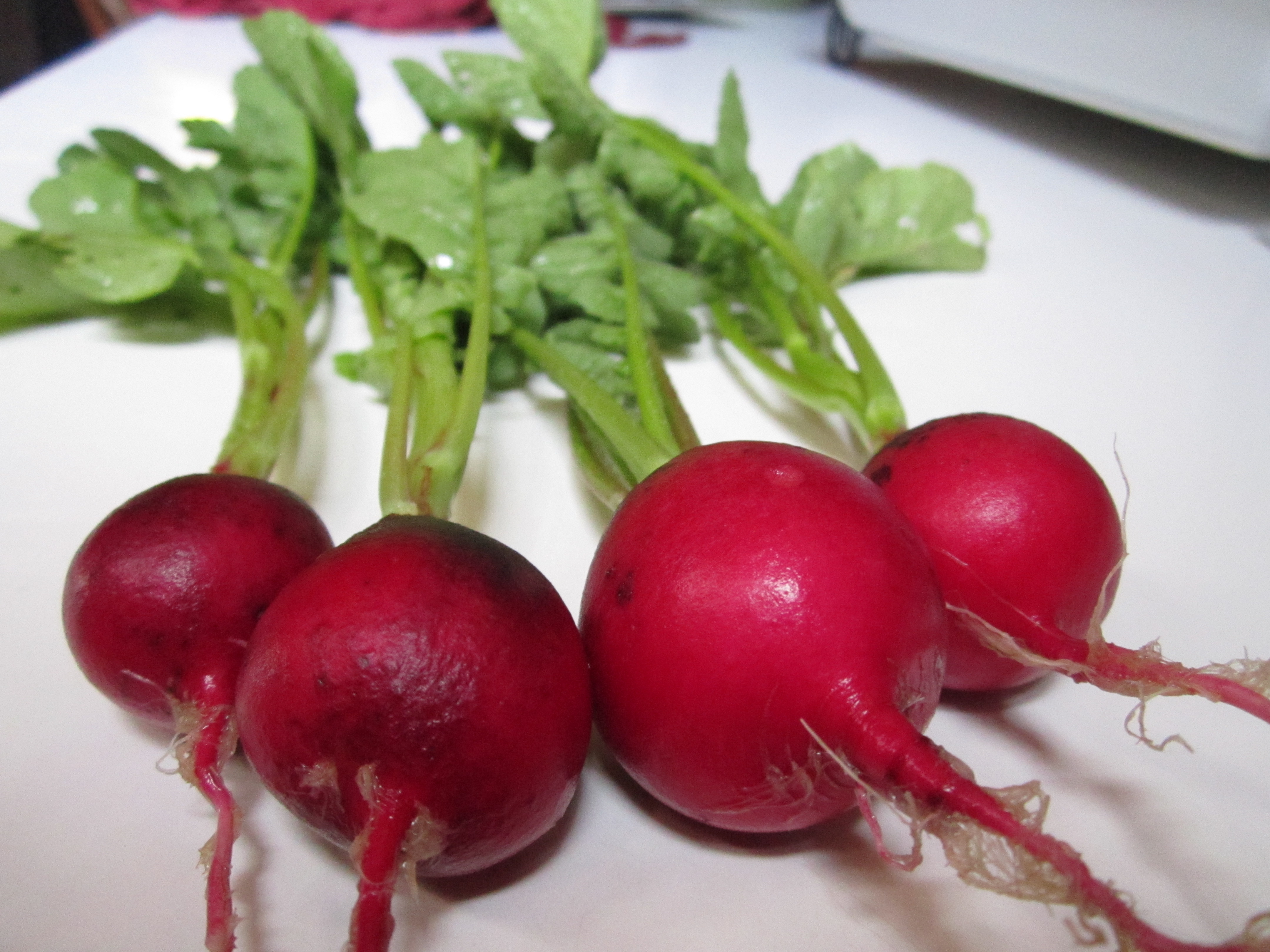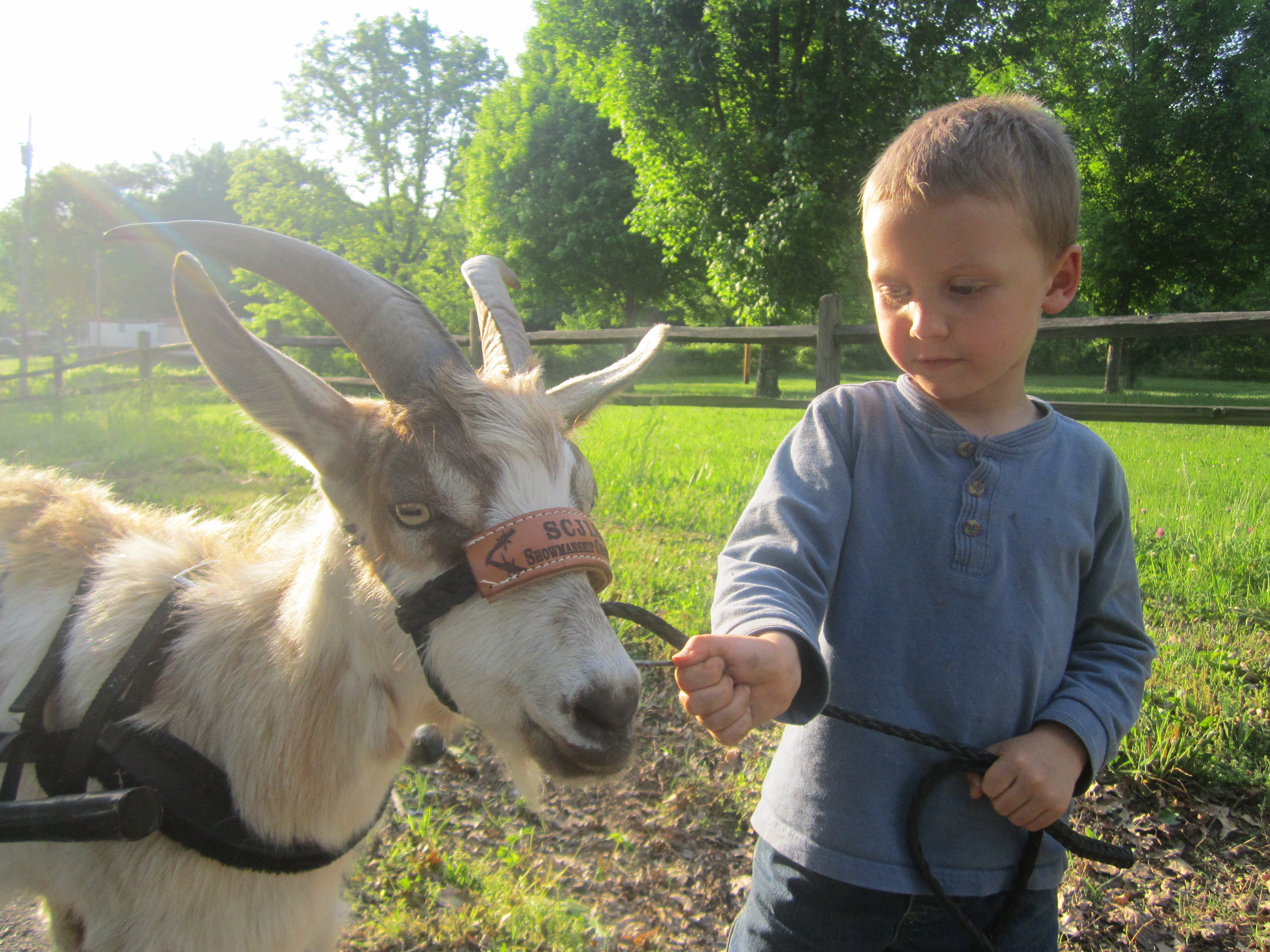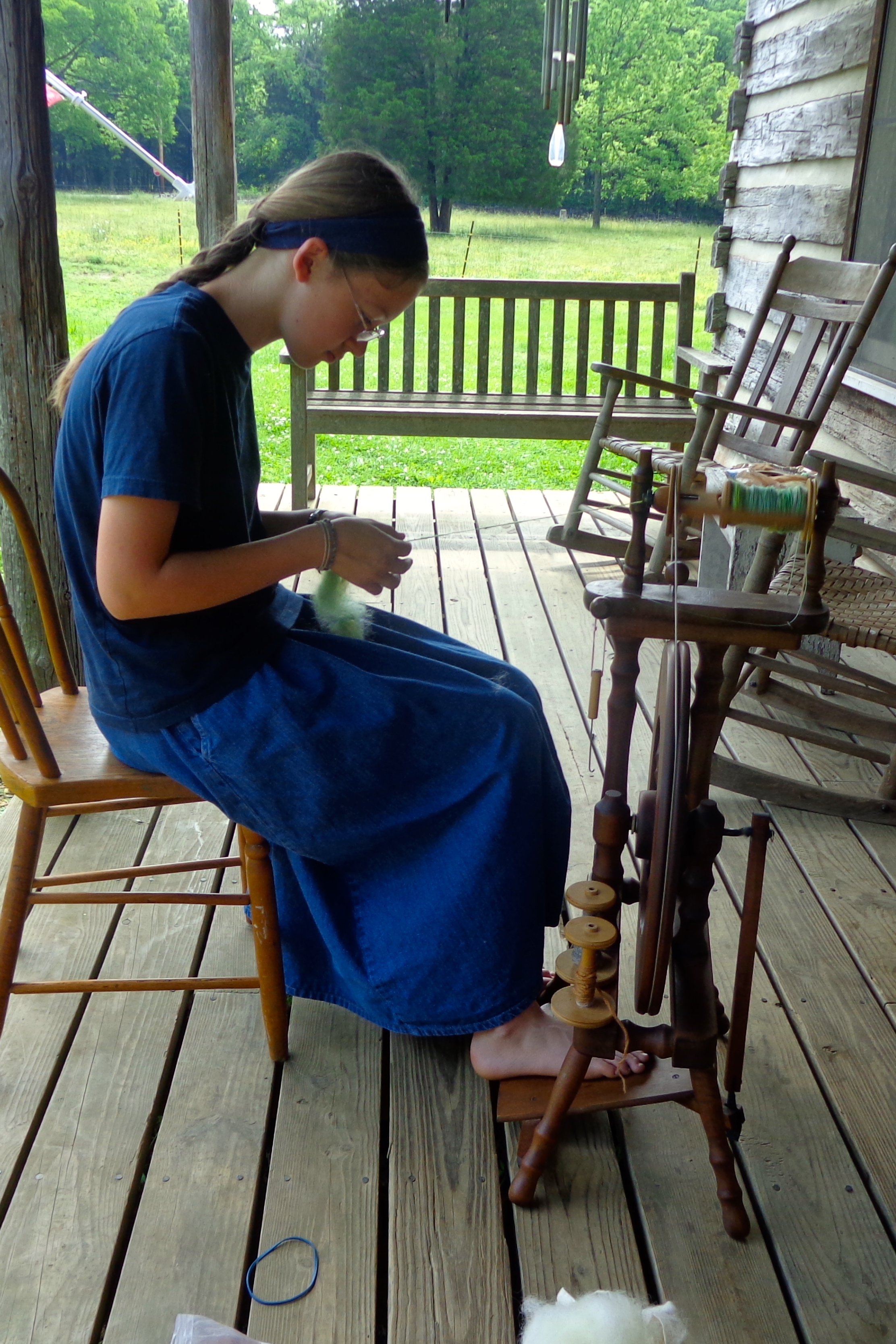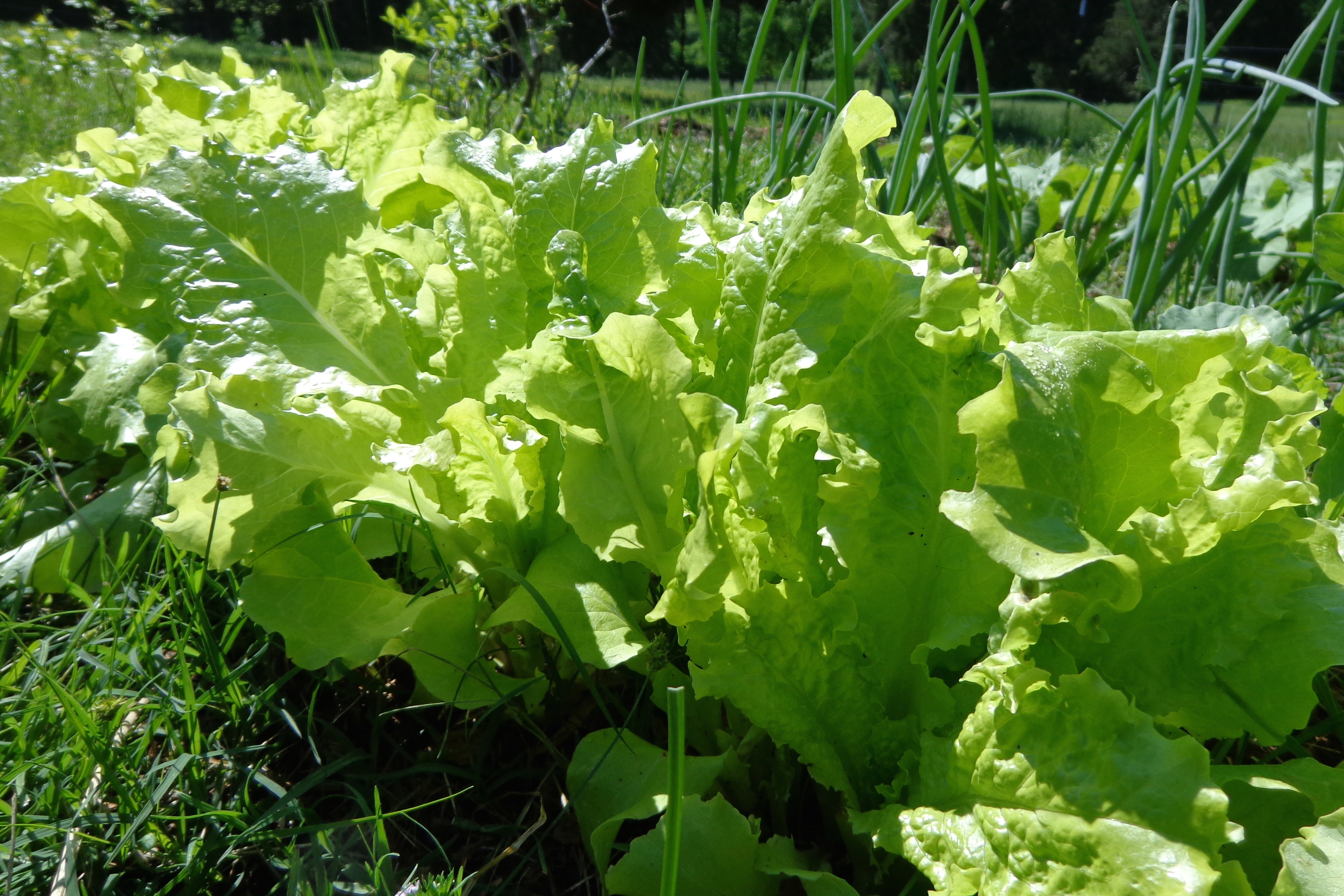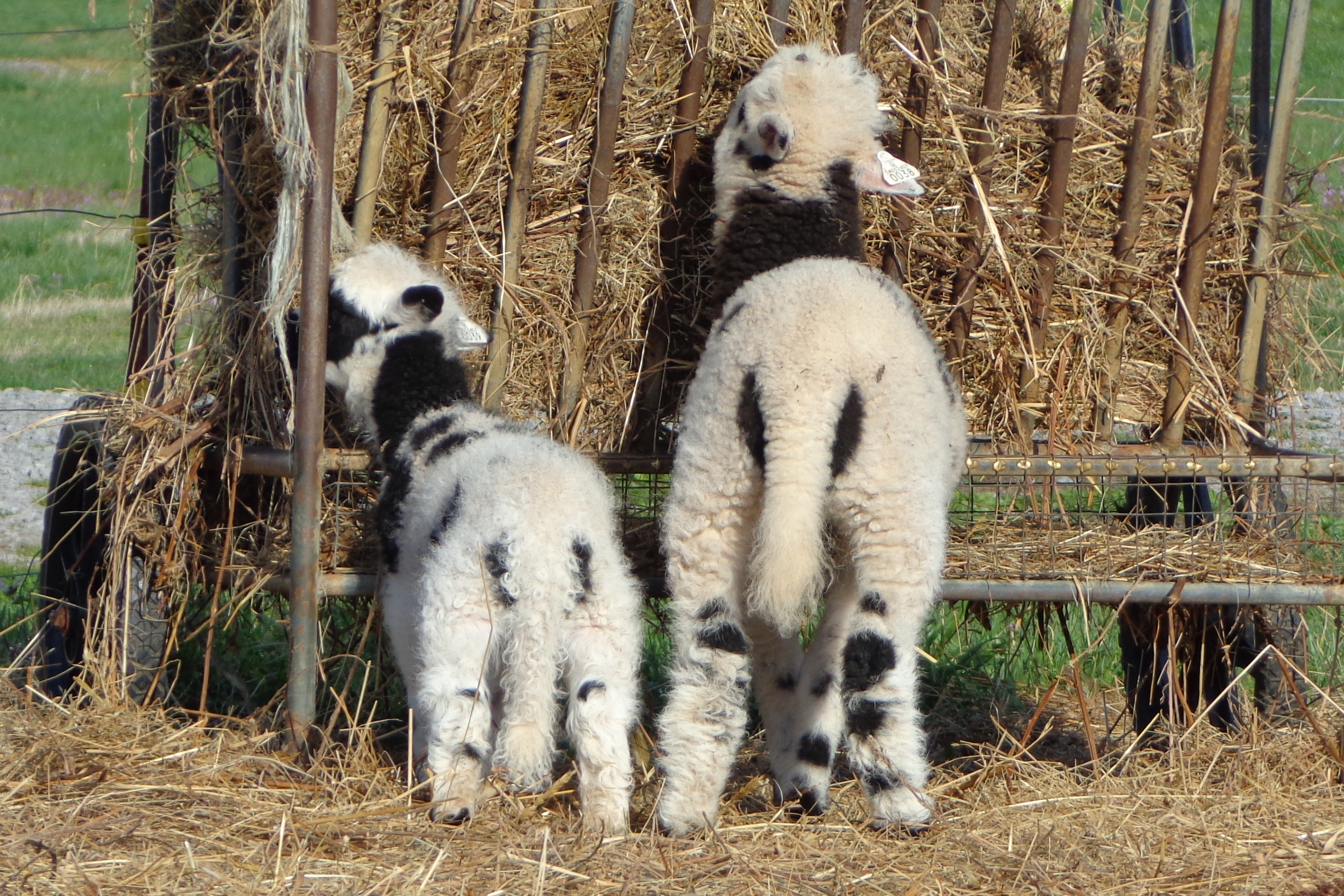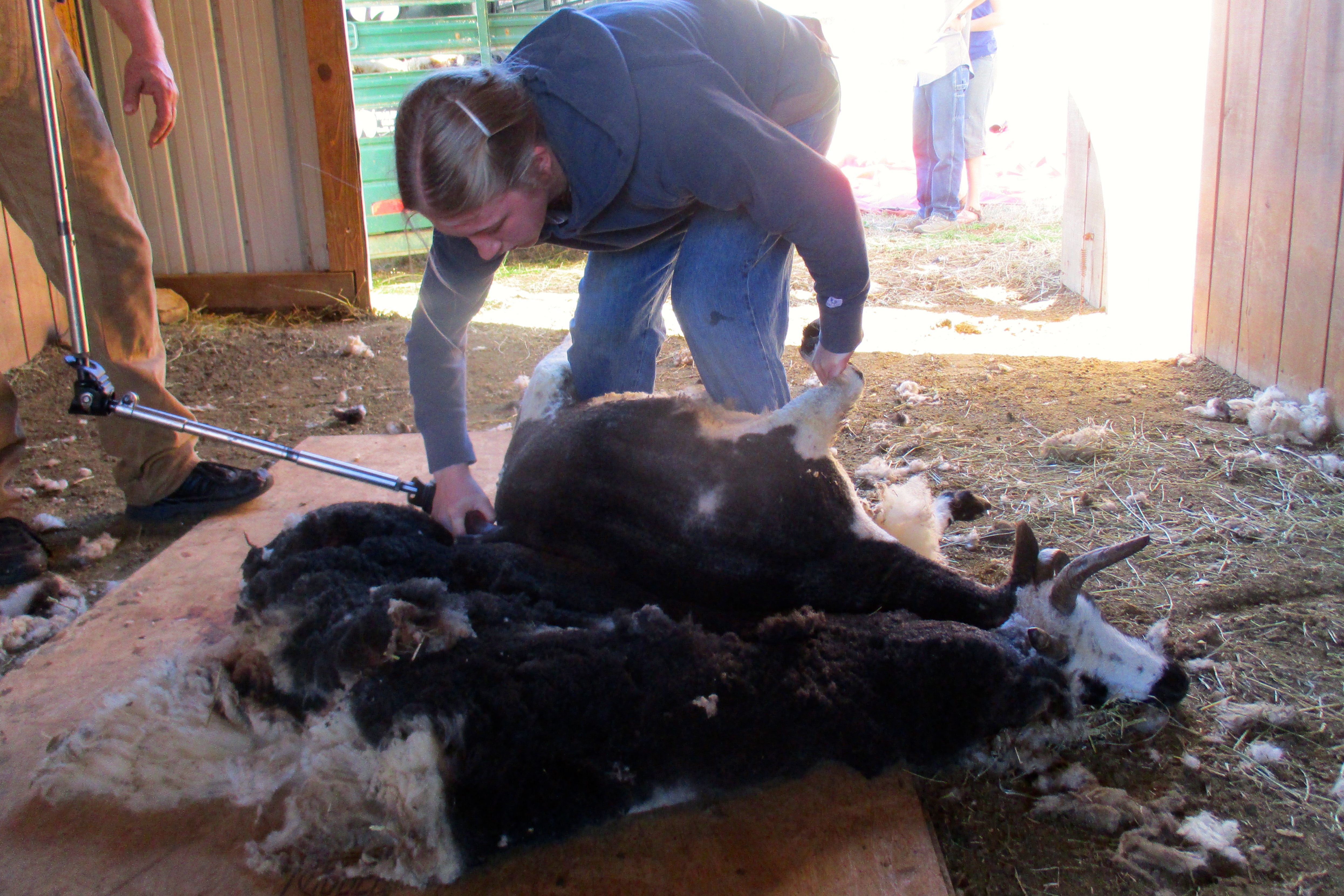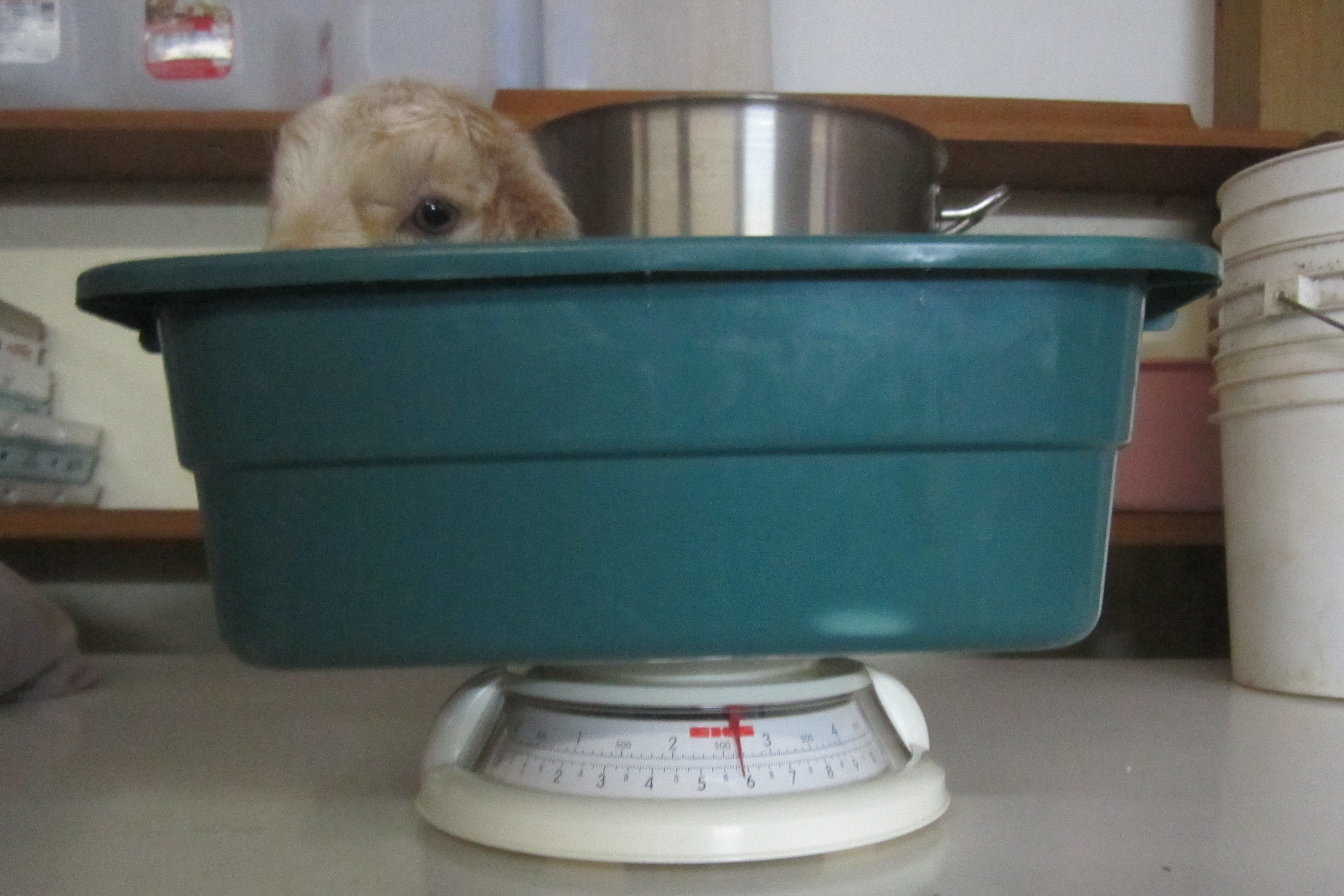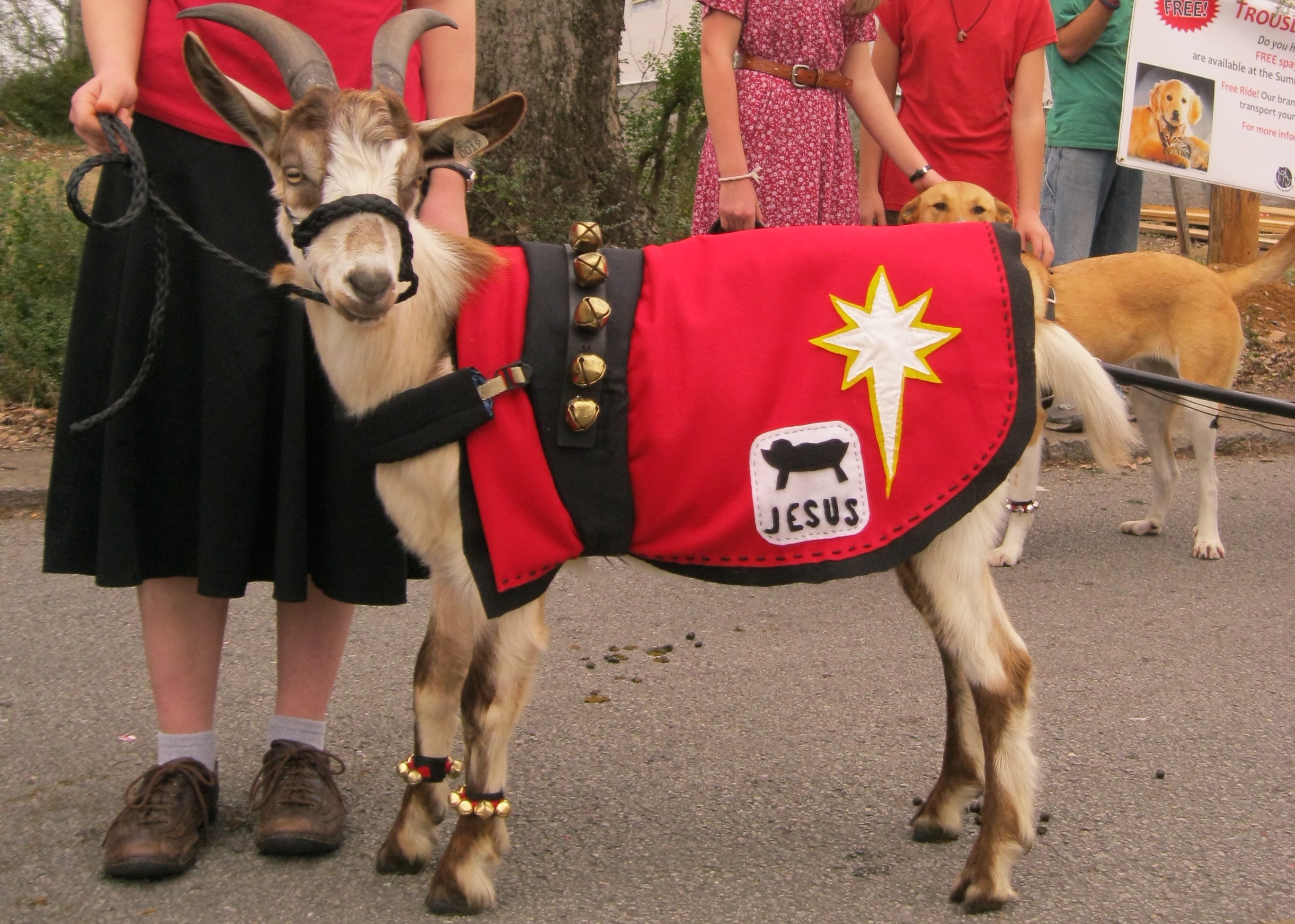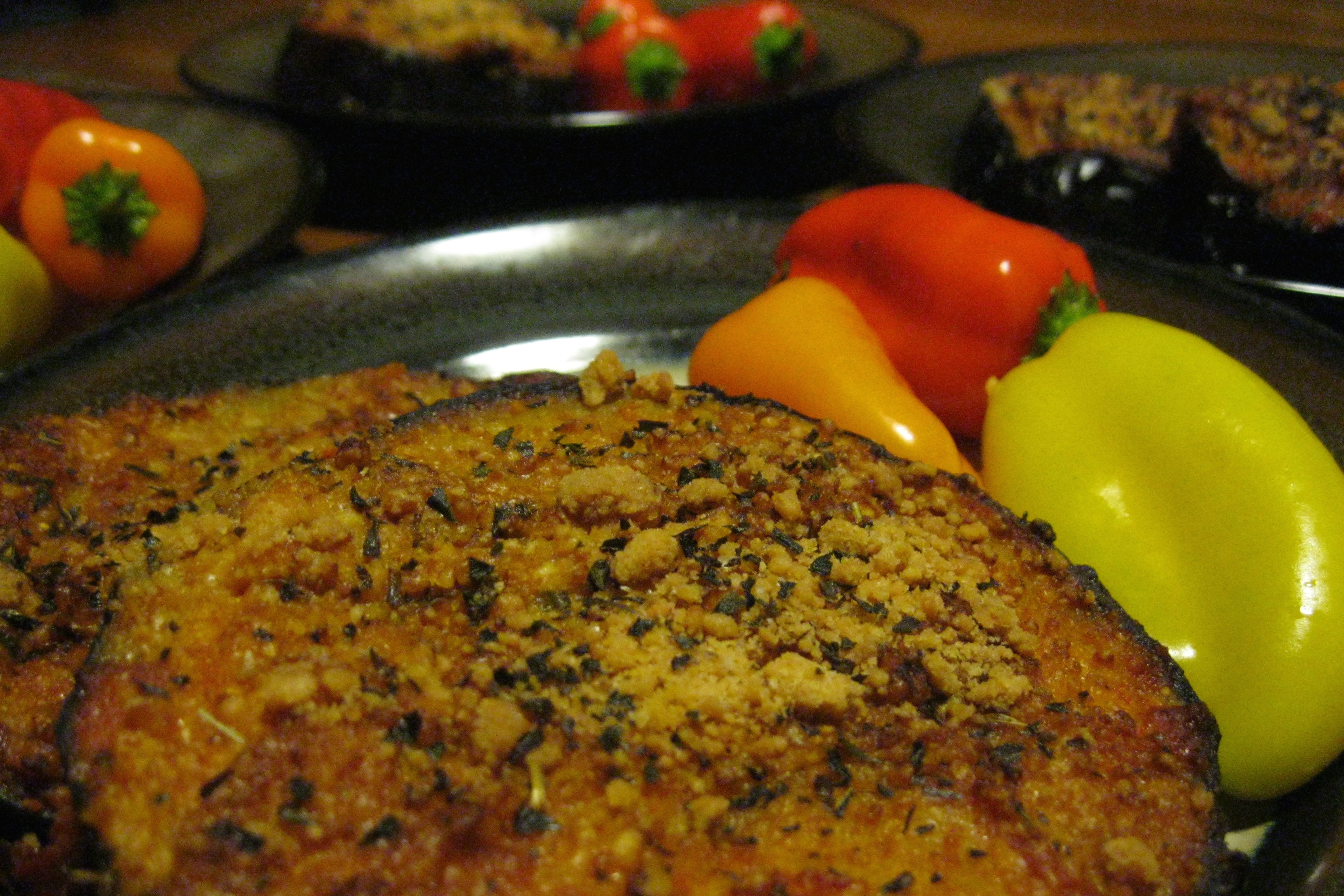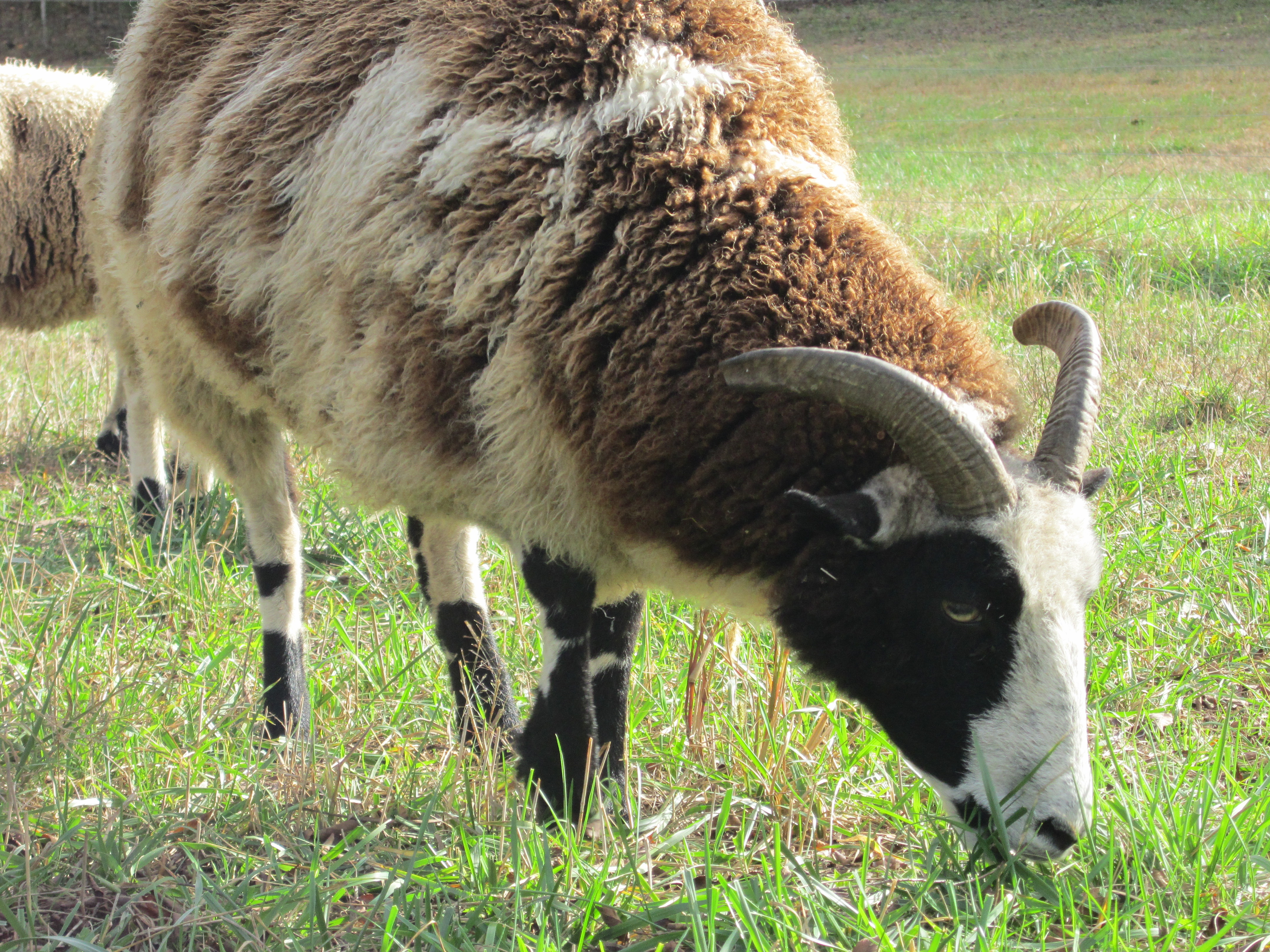By Violet Thorne
-
-
Alfred Working
Alfred pulling his wagon around our neighborhood.
-
Spinning on the Porch
This is my new Ashford Traveler spinning wheel. It was such a lovely day I just decided to take it outside for a spin.
-
Gardening Photos
By Violet Thorne
-
Goat and Sheep Photos
-
Sheep Shearing
Shearing Jacob sheep is always an exciting part of each year. We get to see how each animal has faired over the winter months, see who looks like they are bred, and get LOTS of new wool to work with over the rest of the year. The sheep must stay…
-
Kidding Season
No doubt the success (or lack thereof) of your goat farm over the coming year rests on a few short and crazy weeks called kidding season. For many people, this may be the most dreaded time of the year, but it does not have to be that way. By preparing…
-
Dickens on the Square Christmas Parade
Hartsville TN Christmas Parade 2015 Alfred (Goat) and Sunshine (Carting Dog) lining up. Sunshine on the go. Alfred did awesome in this, his first parade, and helped people remember the real reason for Christmas. So many people were surprised and delighted to see a goat in the parade and a dog…
-
Eggplant Mini Pizzas
Eggplant Mini Pizzas This recipe is an all-time favorite in our family due to its quick preparation and wonderful taste! Grain and gluten free. Serves 4-6 people. Pre-heat oven to 400 degrees. Take one large eggplant, wash, then slice into 1/2 inch thick circles. Do not peel. Arrange slices…
-
Sheep Herding and Management
SHEEP Herding and Management The sheep’s predators and protection: Domesticated sheep are rather helpless because for many years they have been bred to depend upon humans. Because sheep were some of the first animals to be domesticated, they need constant care and attention. They are less vulnerable with a guardian…
